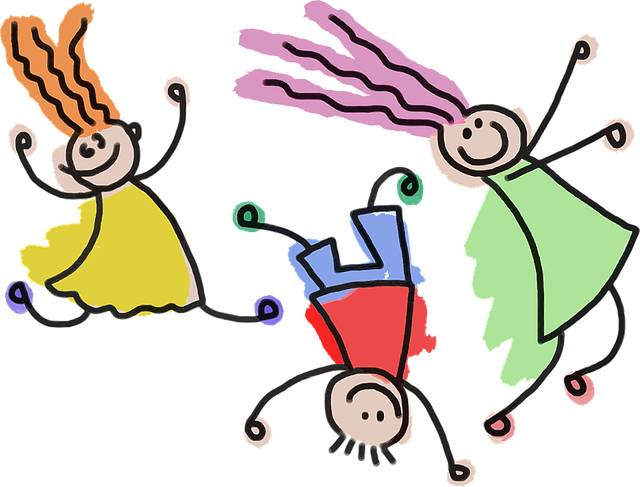How do children know that they are an important part of a conversation? How can we encourage a child to initiate a conversation? We can Observe, Wait, and Listen (OWL). Observe, Wait, and Listen are important strategies that parents, caregivers, and other communication partners can use to increase engagement, feedback, and allow for a child-lead communication environment.
Observe:
During the Observe phase, parents, caregivers, or other communication partners are observing what the child is interested in (e.g., trucks, dinosaurs, slime) and looking for opportunities where the child may communicate. The child might initiate communication independently either through gestures, words, sounds or actions. However, the child might start an activity without stating what they are doing. Through the use of observation the communication partner can identify the child’s interest, which they can later use as opportunities to model language.
Waiting:
Once we have identified the child’s interest, our initial reaction is to start talking to the child about the topic. However, during the waiting process, we provide the child 5-10 seconds of wait time to initiate the conversation. This allows the child to indicate to their parter what they are interested in as well as informing the child that their interests are important to you.
Listen:
As a communication partner (e.g., parent, caregiver, family member, or teacher) it is common to interject or assume what the child is going to say. Instead, we should be active listeners, ensuring the child that we are engaged and interacting with them as children play. By listening, we are teaching children that their words, whether spoken, signed, or generated through an AAC device, matter.
Attached in a fun play-doh activity to incorporate OWL.
https://www.hanen.org/SiteAssets/pdf/owl-with-playdough.aspx
Get a Free Online Assessment
Looking for an expert opinion on your child's needs? Fill out a 3 minute questionnaire and receive a personal evaluation from our staff



